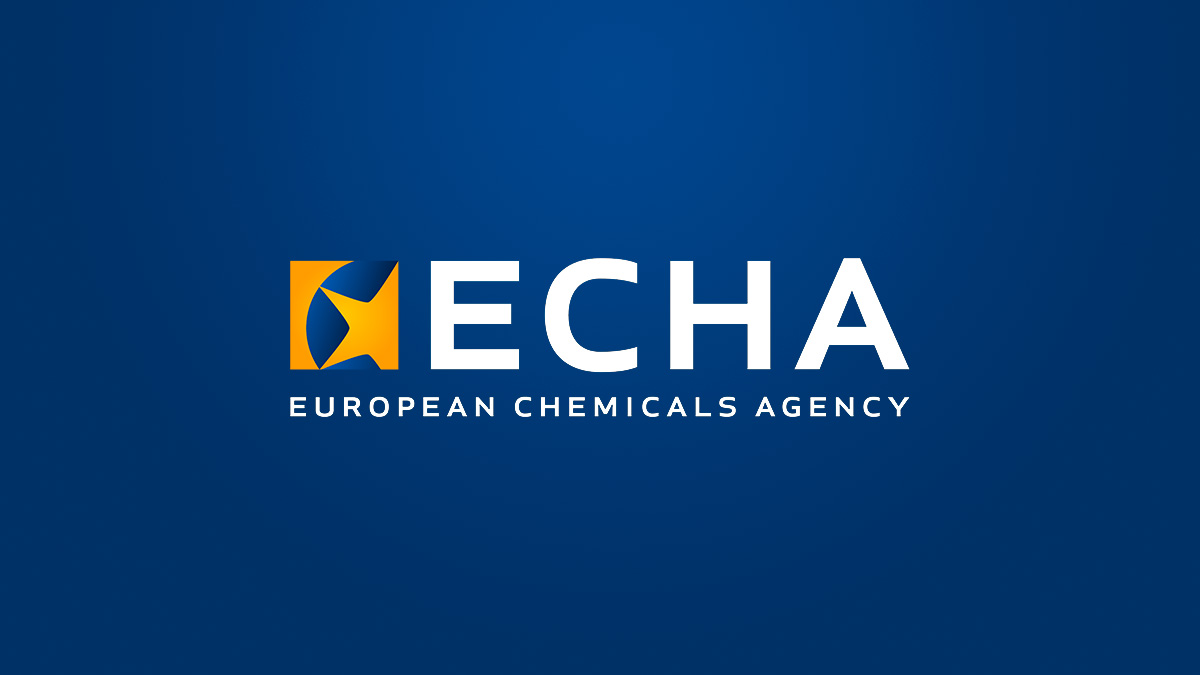On 26 April 2023, the European Chemicals Agency (ECHA) published four reports on the assessment of regulatory needs for four substance groups, three of these including substances used in cosmetic products.
An assessment of regulatory needs by ECHA can conclude that regulatory risk management at the EU level is required for a (group of) substance(s) (e.g. harmonised classification and labelling, Candidate List inclusion, restriction) or that no regulatory measures are required at the EU level. The assessment is focused on CMR (carcinogenic, mutagenic, and/or toxic to reproduction), sensitiser, endocrine disruptor, PBT/vPvB or equivalent (e.g. substances being persistent, mobile and toxic) and aquatic toxicity hazard endpoints.
Substances groups
- Guanidylureas, cyanoguanidines and biguanides
- Hydroxy and alkoxy phenylketones
- Rose ketones
The group of Guanidylureas, cyanoguanidines, and biguanides is composed of 7 substances with reported uses in cosmetic products:
- Chlorhexidine (CAS No 55-56-1), Preservative (Annex V/42)
- Chlorhexidine Diacetate (CAS No 56-95-1), Antimicrobial, Oral care, Preservative (V/42)
- Chlorhexidine Dihydrochloride (CAS No 3697-42-5), Antimicrobial, Oral care, Preservative (V/42)
- Chlorhexidine Digluconate (CAS No 18472-51-0), Antimicrobial, Oral care, Preservative (V/42)
- Chlorhexidine Diundecylenate (CAS No 1884575-91-0), Antimicrobial, Oral care, Deodorant
- Polyaminopropyl Biguanide (CAS No 27083-27-8, 32289-58-0), Preservative (Annex V/28)
- O-Tolyl Biguinide (CAS No 93-69-6), Antioxidant
Based on currently available information, ECHA concluded that there is a need for further EU regulatory risk management for the substances in the biguanides group namely for Chlorhexidine (CAS No 55-56-1) and its four salts (Chlorhexidine Diacetate, Chlorhexidine Dihydrochloride, Chlorhexidine Digluconate, and Chlorhexidine Diundecylenate) as well as O-Tolyl Biguinide (CAS No 93-69-6). Chlorhexidine and its salts are potentially very persistent, very mobile, and potentially aquatic toxic; biguanides have been shown that are likely to be endocrine disruptors in the environment.
For Polyaminopropyl Biguanide (CAS No 27083-27-8, 32289-58-0), there is no need for further EU regulatory risk management.
For the groups of Hydroxy and Alkoxy Phenylketones (9 substances) and Rose Ketones (19 substances), ECHA concluded that, based on currently available information, there is no need for further EU regulatory risk management.
Next steps
The first step is the the identification as Substances of Very High Concern (SVHC), followed by the inclusion in the Candidate List. The REACH restriction is seen as the most appropriate measure to minimize the potential for exposure from their widespread use in consumer products.
Cosmetic products containing substances subject to the REACH restriction list (Annex XVII) due to hazards to the environment, must comply with any REACH restriction requirement. This means that the use of Chlorhexidine and its salts as well as of O-Tolyl Biguinide in cosmetic products may suffer changes in the future.
References:
European Chemicals Agency (ECHA) – Assessment of regulatory needs for the group of Guanidylureas, cyanoguanidines and biguanides, 17 April 2023
European Chemicals Agency (ECHA) – Assessment of regulatory needs for the group of Hydroxy and alkoxy phenylketones, 17 April 2023
European Chemicals Agency (ECHA) – Assessment of regulatory needs for the group of Rose Ketones, 17 April 2023








